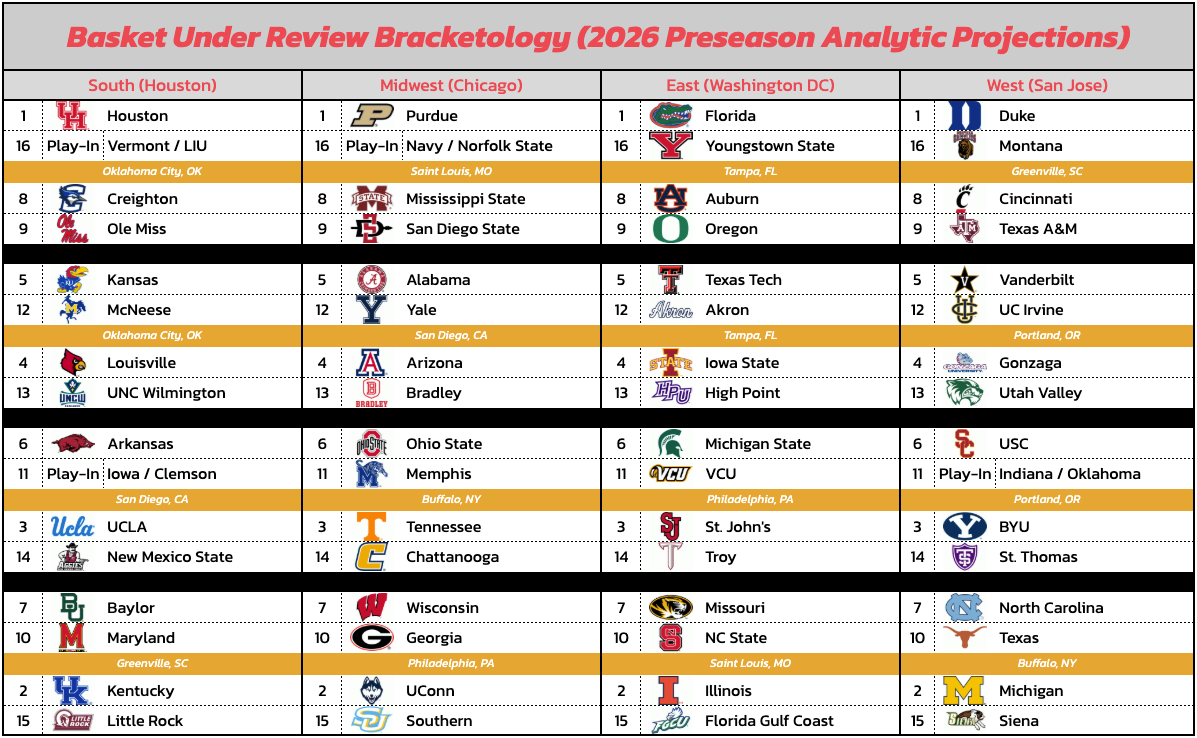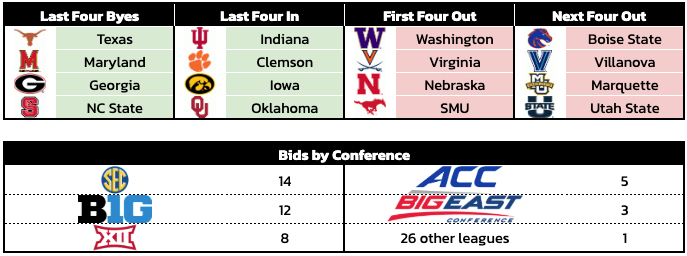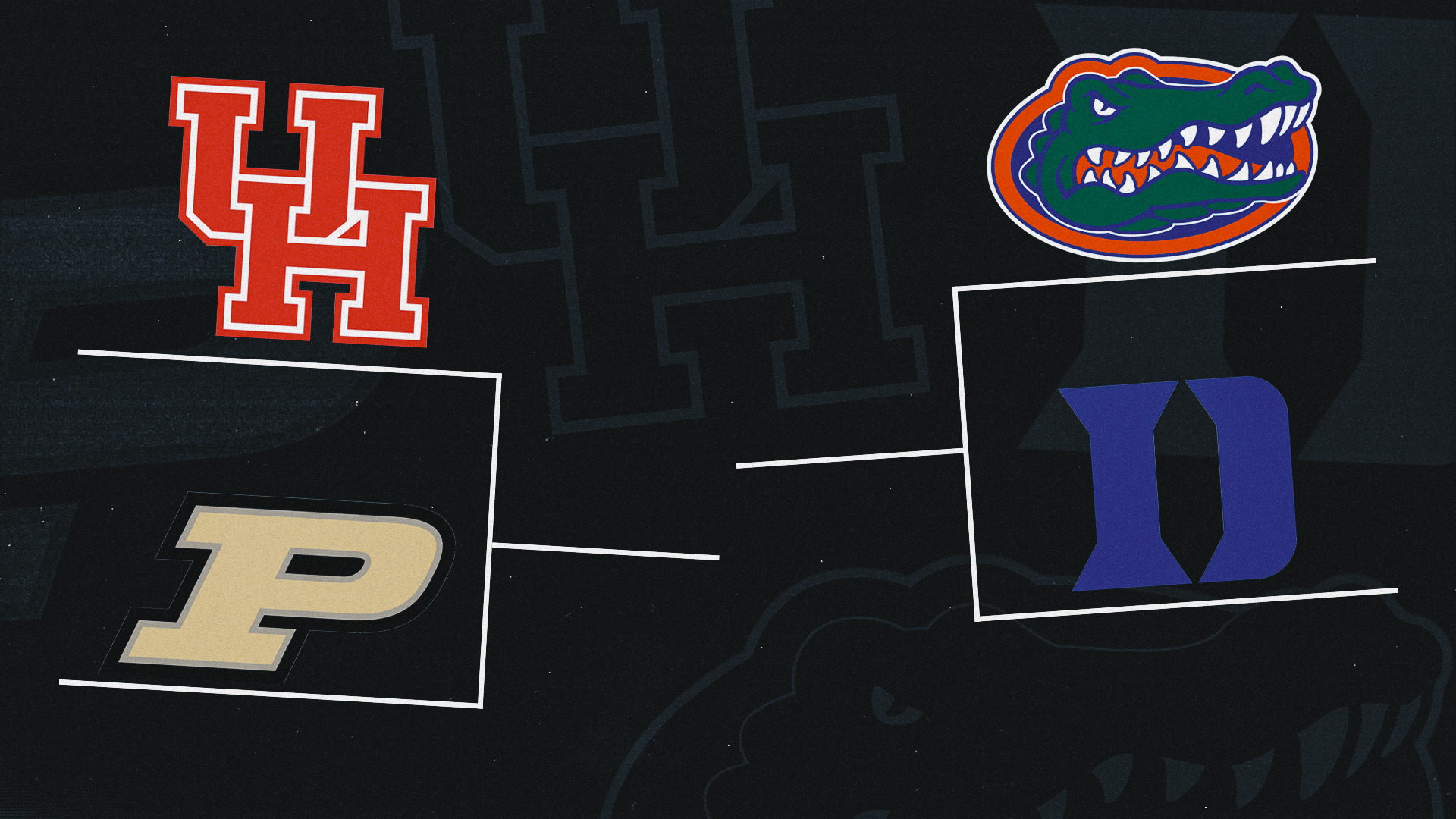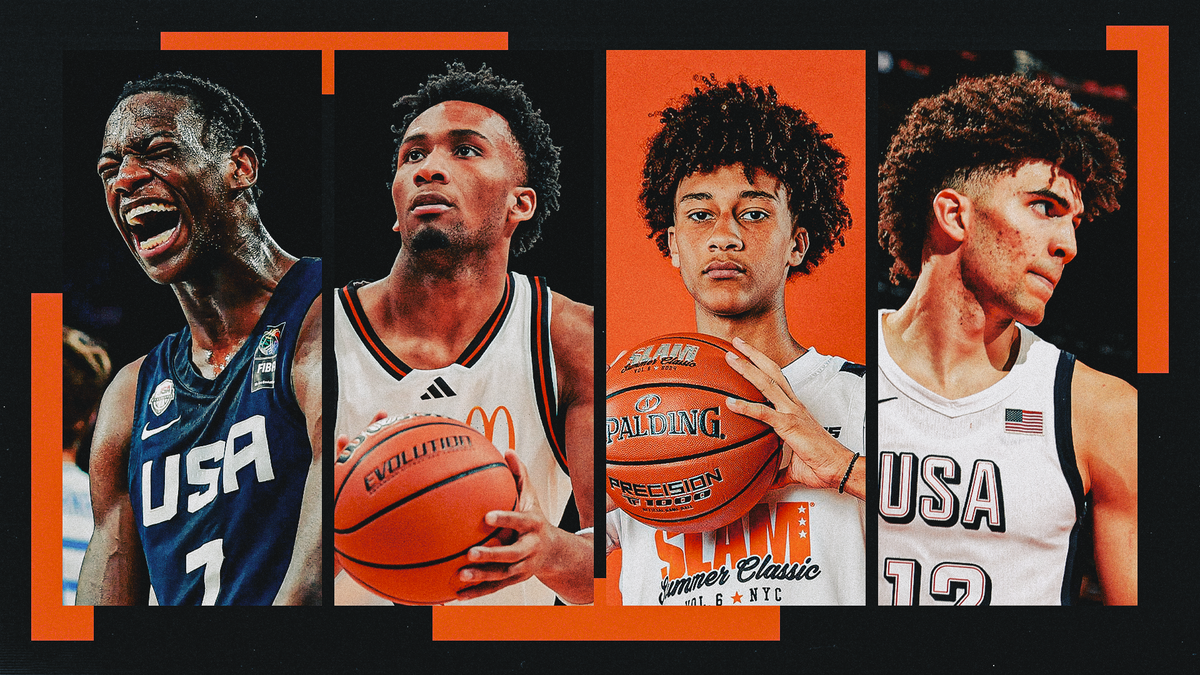The 2025-26 college basketball season is looming on the horizon, and perhaps no better sign of that was KenPom's preseason release of initial rankings. Taken in tandem with Bart Torvik having already released his preseason metrics earlier in the year, and two of the three predictive-based, or quality, metrics on the NCAA Tournament selection committee's teamsheets are already out for the new season.
With those two rankings at our disposal, we can construct a "starting point" of sorts for bracketology. While there are no quadrant records or rankings from NET, KPI, SOR, or WAB, it is worth noting that – albeit not surprisingly – 36 of the top 43 teams in KenPom's preseason rankings last season made the Big Dance.
The methodology for the composite projected field below is simple: average each team's preseason KenPom and Bart Torvik rankings, select automatic bids for each conference, and take the following 37 highest-rated teams as at-large bids.
This is not a prediction or an opinion-based bracket. It merely shows the starting points from two key metrics on the selection committee's teamsheets.


A note on bids by conference...
In a preseason composite bracket such as this one, intra-conference foes are obviously yet to beat up on each other. Without results, a team such as Oklahoma makes the cut as the 14th SEC team despite being projected to finish with just a 16-15 record on KenPom. That record would not make the tournament, similar to Ohio State not dancing last season with a 17-15 record, despite a better KenPom finish than nine teams that did earn at-large bids.
As games begin, the distribution of bids will likely become more even. More than five conferences will receive multiple bids. For instance, teams like Boise State (5th team out, projected 20-9 record) or Saint Mary's (10th team out, projected 22-7 record) would be more likely to dance than a 14th SEC team with only slightly better quality metrics once that time comes.
KenPom and Bart Torvik are only two pieces of a much larger puzzle, and this is only a starting point. Teams play the games for a reason!
Where does this differ from public perception?
The preseason AP top-25 poll is out and, for the most part, is in agreement with KenPom and Bart Torvik. Every preseason nationally-ranked team is within the top-30 of the composite bracket's S-curve. Vanderbilt, Ohio State, USC, Baylor, and Missouri are the only top-30 KP/Bart teams not in the AP poll, and all received votes.
That isn't to say there weren't some significant differentials, though. Illinois, for instance, only came in at No. 17 in the AP poll, compared to being ranked No. 5 overall by KP/Bart. Conversely, Texas Tech and Auburn are both ranked nine spots higher in the AP poll than their predictive metric counterparts.
The highest-rated team by predictive metrics to not receive a vote in the initial AP poll was Cincinnati (No. 33 KP/Bart). The lowest-rated to receive a vote was Kansas State (No. 70).
From an automatic bid perspective, the Horizon League has the most notable disparity between predictive metrics and its preseason poll; Milwaukee was picked as the league favorite but is only sixth in KP/Bart, well behind projected analytical favorite Youngstown State (189.0 average ranking vs. 227.5).
Additionally, fellow preseason poll favorites Quinnipiac (MAAC) and Towson (CAA) are ranked fifth and third, respectively, in the KP/Bart rankings for their leagues.
Interestingly, Bethune-Cookman narrowly edged Southern as the SWAC favorite in the league's preseason poll, but Southern is way ahead (165.5 vs. 214.5) in predictive metric projections.
Preseason metrics predict very tight one-bid races.
Automatic bids for the composite field were selected by taking the highest-rated team from each conference. In many cases, those are projected runaways in the preseason; McNeese is projected to finish 80+ KP/Bart spots ahead of Incarnate Word for the Southland autobid, Little Rock is projected 60+ KP/Bart spots ahead of SEMO for the OVC autobid, and so on.
Not every league was as straightforward, though. The MVC, for instance, features four teams projected to finish between 107th and 112th by Bart/KP average: Bradley, Illinois State, Belmont, and Northern Iowa. Bradley narrowly earned the edge for the automatic bid in the above bracket, while Illinois State was picked first in the league poll. They aren't the only projected tight race, either:
- Sun Belt: Troy (134.5) vs. JMU (136.5) vs. Arkansas St. (138.5)
- SoCon: Chattanooga (140.0) vs. Furman (140.5)
- Ivy League: Harvard (157.5) vs. Brown (165.0)
Obviously, one-bid leagues come down to their conference tournaments and not regular-season records, but the projections for those races are intriguing.
How about some potential storylines to watch?
If the composite bracket is any indication of what could happen in one-bid leagues, it could be a banner year for the 'Never Made The Tournament' club. Utah Valley, Youngstown State, and St. Thomas (in its first year eligible!) are all predictive metric frontrunners in their respective leagues. Quinnipiac and Bethune-Cookman, although not in the composite field, would also be first-time dancers.
Moving back to the power conferences, Louisville's projected No. 4 seed would be its best result since Rick Pitino was the head coach; Vanderbilt's projected No. 5 seed would be its best since 2012; a bid for Cincinnati would be its first since 2019.
Houston seeks to become the first men's team to officially receive a No. 1 seed in four consecutive seasons since Duke from 1998 to 2002 (five straight).


